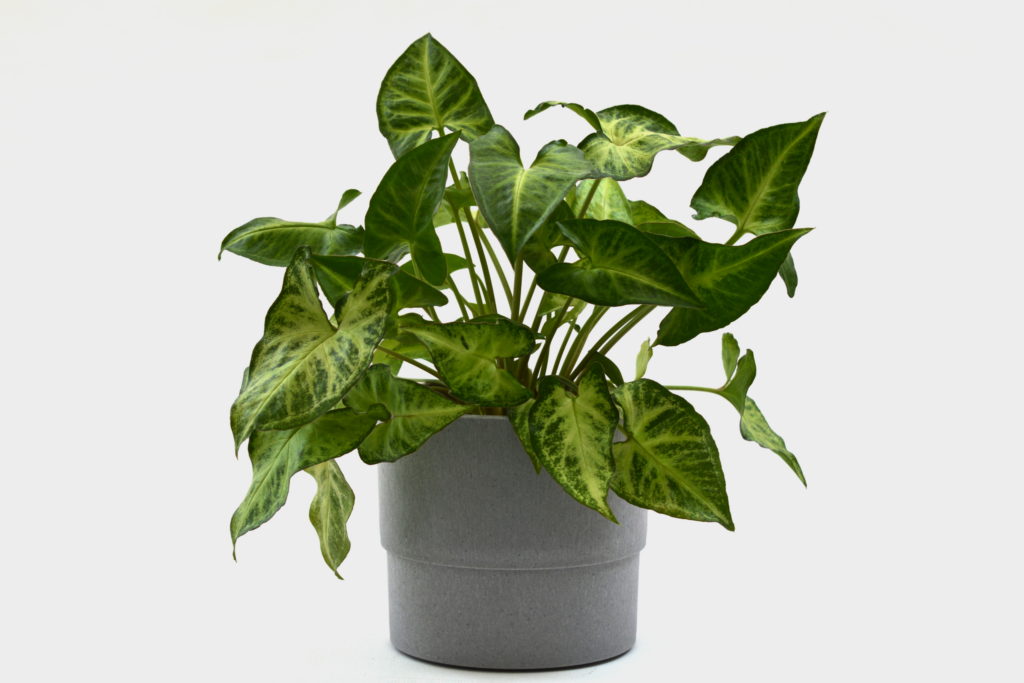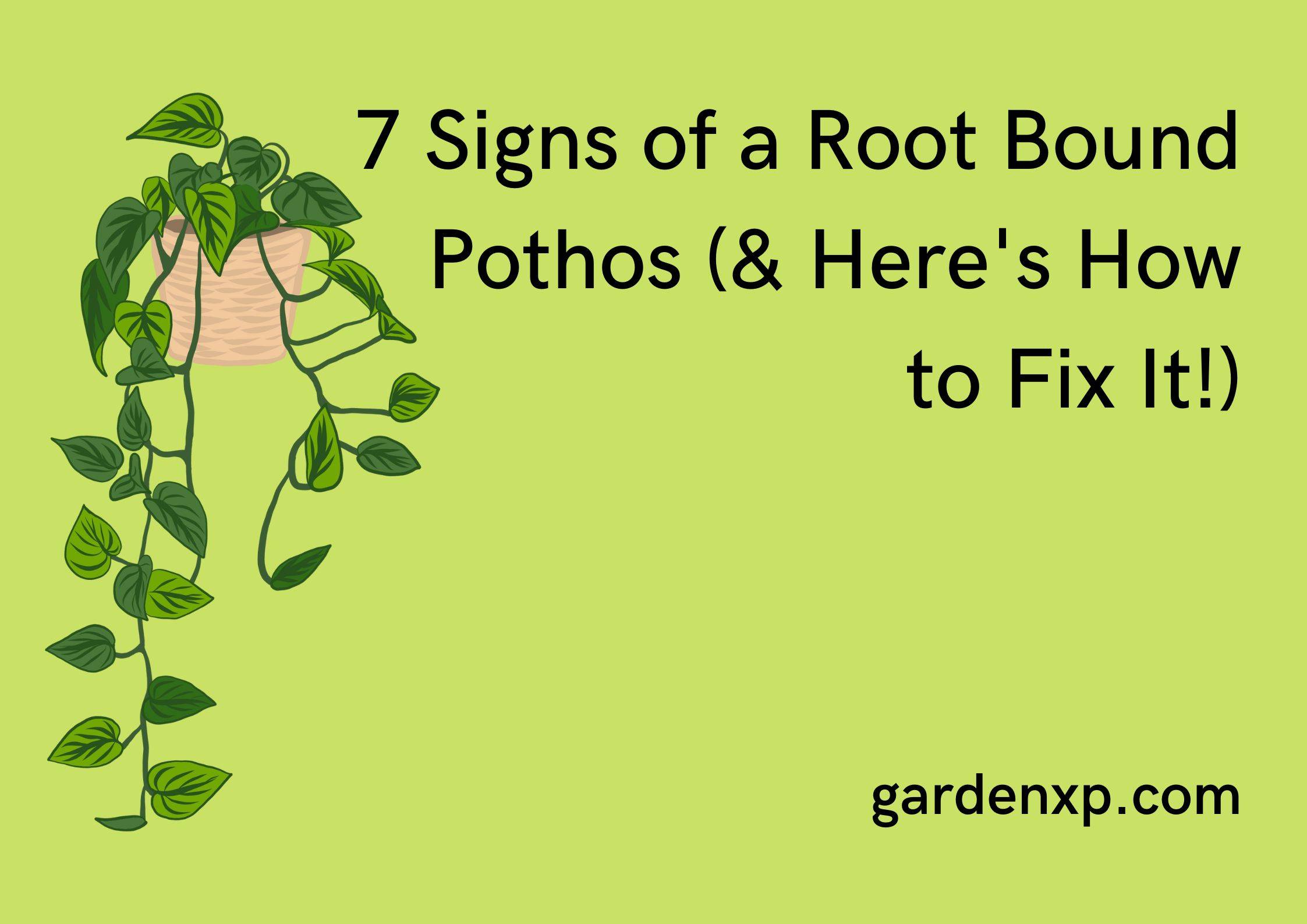Pothos Sunburn: 5+ Causes and Steps to Save Your Sunburnt Plant
Are you looking to add positive vibes, more productivity, and less stress to your area? Why not add Pothos in your garden? Pothos sunburn is a critical problem faced by various gardeners. Hey folks! I’m Anna Scott, a Gardener by heart and Profession, started my Journey 15 years ago and Now I am teaching other gardeners as well to achieve their goals.
Pothos plants are even famous by another name, Devil’s ivy and belong to the Arum family. It is grown in almost everyone’s yard. Briefing on it, pothos is described as an evergreen plant with a thick and waxy texture. Its leaves are heart-shaped with thin layers of yellow color. There are various causes of pothos sunburn to save your plant. Some of the causes of pothos sunburn are excess fertilization, poor watering, lack of moisture, low level of humidity, etc.
So, what are you waiting for? Are you ready to know various causes of pothos sunburn and ways to save the plant? If yes, then stay connected with this guide till the end for proper understanding.

Can Pothos get Sunburned?
The answer is yes. Pothos can get sunburned because pothos like to grow in the bright indirect sunlight to remain healthy. If the plant receives too much sunlight, then the leaves will be pale or discolored. It results in damage to the plant’s leaves.
Sometimes, the plants are dusty, so clean them by keeping them outdoors on a porch to remove the dust. Do not worry as pothos can live outside happily. Do not keep the pothos in any wrong location as it will receive too much sunlight by being exposed to direct sunlight for a long period, it will be a piece of wrong news for the plant.
Usually, this situation happens when you move the plant to a covered location during summer. If the plant does not like the change or receives intense sunlight, you will receive sunburned pothos at the end. So, prevent the pothos sunburn by following this guide till the end.
Causes of Pothos Sunburn
Pothos is a beautiful addition to any garden but sometimes the plant faces pothos sunburn. So, before it becomes worse, it is important to fix this issue. Let’s look into the below causes of pothos sunburn. They are as follows:

Exposing Pothos to direct sunlight
- One of the main causes of Pothos sunburn is to expose the plant to direct sunlight. Especially, if it happens for a long period.
- Pothos will grow best in low sunlight conditions. They are prone to direct sunlight which leads them to sunburn.
- With the change in the weather, the plant gets disturbed and needs to be moved to a new location where it can receive bright indirect sunlight.
- By keeping the plant exposed to direct sunlight and forgetting about the plant, then it will cause sunburn in the plant which kills the plant with time.
Too much fertilizer
- This plant does not like to be fertilized more frequently as it will be dangerous for the plant.
- Although it is good to fertilize the plant to ensure its health what if it is in excess?
- The burn will occur in the plant when you spray the fertilizer on the foliage and expose the plant to direct sunlight.
- The salt content in the fertilizer will soak all the moisture from the plant. Additionally, the excess heat will harm the plant.
- Without moisture in the plant, the leaves will become yellow and brown which will ruin the plant’s foliage with time.
Poor watering
- Water provides life to the plants but when it does not happen, then there occur various problems in the plant.
- Poor watering will lead to pothos sunburn as the plant is not receiving ample water to survive.
- Overwatering will cause root rot in the plant because there will be no oxygen flow in the plant.
- A lack of nutrients will not let the plant grow well. It will cause yellow or wrinkled leaves in the plant.
Extreme temperatures
- Extreme temperatures will disturb the evaporation process of the plant as it is a threat to the plant.
- As in this process, water will leave the pan to expose it to burn. If the heat wave is more, then the situation will become worse.
- However, it becomes important to move the plant to a shady location or inside the house when the temperature is high outside.

Low humidity
- Low humidity is another cause of pothos sunburn. As you know pothos like to grow in humid climatic conditions as they are tropical plants.
- Also, it will keep the plant without water for long. It will be more susceptible to the sunburn.
- It will produce brown colored spots on the leaves and become crispy which will ruin the whole foliage in the plant.
- If the location is less humid, then the plant needs a humidifier to increase the level of humidity.
Overall Lack of Moisture
- Last but not least, another cause of the pothos sunburn is the lack of moisture in the plant, i.e.; in the soil and air.
- It makes the leaf fully dehydrated which shows the plant needs water.
- Without the additional water resources, the plant will dry out more often which results in the damaged leaves in the plant.
Steps to Save a Sunburnt Pothos
As I mentioned above the plant can be saved if proper precautions are taken on time. So below are the steps to save a sunburnt pothos. They are as follows:
- Change Locations
At first, it is suggested to change the location of the plant, where it is being exposed to sunlight and causing sunburn.
Find a good place for the plant where it can receive a good amount of bright, but indirect light. If there is no location like that, then filter the sunlight with the help of sheer curtains or shady curtains, as it will allow only some light to touch the plant.
- Remove Damaged Leaves & Vines
The Next thing to do to fix the sunburned plant is to remove the damaged leaves and vines from the plant. Dead leaves will not recover and look healthy again so it is suggested to remove them.

Do not remove more leaves from the plant as the plant will not be able to perform photosynthesis after that.
After removing the plants, the plant will be able to focus on healthy growth only. Make use of a sterilized pair of scissors to remove the damaged leaves. Do not get more than one-third of the plant’s foliage.
- Inspect Soil & Water or Mist
The soil will dry out after being exposed to sunlight for a long. So, it is suggested to check the soil moisture by inserting a finger inside the soil about 2-3 inches deep or you can make use of a moisture meter to check it.
If the soil will be dry, then it is suggested to add some water to the soil. If it is already damp, then no need to water the plant. By adding water to the plant, you will be able to recover the plant and save your plant.
- Increase Shade With Sunburned Pothos
When the pothos is being exposed to the sun for a long, then it is highly suggested to provide a shady location to the plant where it receives no sunlight or very low sunlight.
It will make it easier for the plant to recover itself. After there is healthy growth in the plant, then you can move the plant to a bright location.
- Air Movement
Sunburnt pothos can be prevented if you provide the plant with good air movement. Keep the plant in a location with less heat to settle down the plant.
- Ensure Proper Temperature
It is important to provide a good temperature to the plant to prevent pothos sunburn in the plant. The ideal range of temperature for these plants lies between 50-90 degrees Fahrenheit.
Brown spots will be developed on the leaves if the temperature is too low or too high. So, to avoid stress in the plant, heal the plant by providing proper temperature.

What is the Ideal Light for Pothos Plants?
Pothos likes to grow in the bright indirect sunlight to remain healthy. it is important to pay attention to the plant when it comes to the ideal sunlight needs of the plant. Providing the plant with indirect sunlight for about 6 to 8 hours a day would be appropriate.
As explained in the guide, you come to know, this plant will not be able to tolerate the exposure of direct sunlight. So try to avoid exposure of too much sunlight to the plant. It will reduce the growing capacity of the plant. If the plant is receiving excess sunlight, then it is suggested to move the plant shady location. Or if there is a lack of options, then why not make use of sheer curtains to provide filtered sunlight to the plant?
Wrapping up the Context
In this guide, you come to know that Pothos plants are even famous by another name, Devil’s ivy, and belong to the Arum family. It is grown in almost everyone’s yard. Briefing on it, pothos is described as an evergreen plant with a thick and waxy texture. Its leaves are heart-shaped with thin layers of yellow color. There are various causes of pothos sunburn to save your plant.
Some of the causes of pothos sunburn are excess fertilization, poor watering, lack of moisture, low level of humidity, etc. Pothos can get sunburned because pothos like to grow in the bright indirect sunlight to remain healthy. If the plant receives too much sunlight, then the leaves will be pale or discolored. It results in damage to the plant’s leaves. I hope you are clear with the guide, if not, then read the guide again for its proper understanding. I will come back with another informative guide soon. Till then safe gardening.
Thanks for reading! Happy Gardening!
FAQs
What to do with burnt pothos leaves?
It becomes confusing sometimes to see what to do with the burnt pothos leaves. Trim off the brown or yellow colored leaves from the plant to help the plant develop new foliage.
Should I cut off burnt leaves?
Cut off the burnt leaves in the plant as it will not let healthy growth emerge in the plant. Remove all the scorched leaves from the plant.
Can burnt leaves turn green again?
Yes, burnt leaves Will turn green again if they receive proper care. You can remove the brown leaf tips of the plant to encourage healthy growth in the plant. Also, if there are more brown patches, then it shows the plant is overwatered. So do not provide the plant with excess water.


